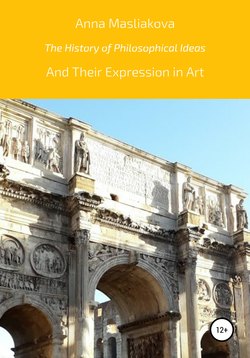Читать книгу The History of Philosophical Ideas and Their Expression in Art - Анна Ивановна Маслякова - Страница 13
Chapter II
Literary Essay II
ОглавлениеNow when most parts of the world are on lockdown because of the virus and I have to work from home, my flat reminds me of Monastic Cell and I imagine myself being a Medieval Scholar who describes historical events and ponders the future.
As we all know, religious issues were of utmost importance in those days. Suffice it to mention “The Confessions” of Saint Augustine in which he is examining his own life, talking about his yearning for truth and his struggle with worldly desires, discussing the nature of sin and telling us about his conversion to Christianity.
At the same time, Chivalric Romances describing adventures of knight-errant and praising Courtly Love for idealized lady were extremely popular in the Middle Ages. For instance, “Lancelot, the Knight of the Cart” by Chrétien de Troyes or “Roman de la Rose” two parts of which were written by Guillaume de Lorris and Jean de Meun respectively. When I had seen highly detailed miniature from illuminated manuscript depicting the Lover entering the walled garden in search of the Rose symbolizing his lady’s love, I was dazzled by its refined Beauty.
As for love, it is said that there were the so-called “Lovers of Teruel” who lived in the 13th century and died young since the farther of the bride-to-be was against their marriage and made his daughter marry another man. One can find their tombs in the Mausoleum of the Amantes in Teruel – a city in Aragon where, by the way, there are a lot of buildings designed in the Mudéjar style bearing traces of Islamic Art. Rumor has it that William Shakespeare may have been inspired by this story of forbidden love when writing “Romeo and Juliet”.
During the Carnival of Venice, which also dates back to the Middle Ages, people could do what they liked and wear what they wanted hiding their faces behind elaborate Masks so that nobody could find out their identity. After all, life is a dream and only death “organizes” it, gives it shape and meaning.
And yet, let us hope for the best and continue our “investigation” following the example of Franciscan friar William of Baskerville, the main character of Umberto Eco’s novel “The Name of the Rose”.
